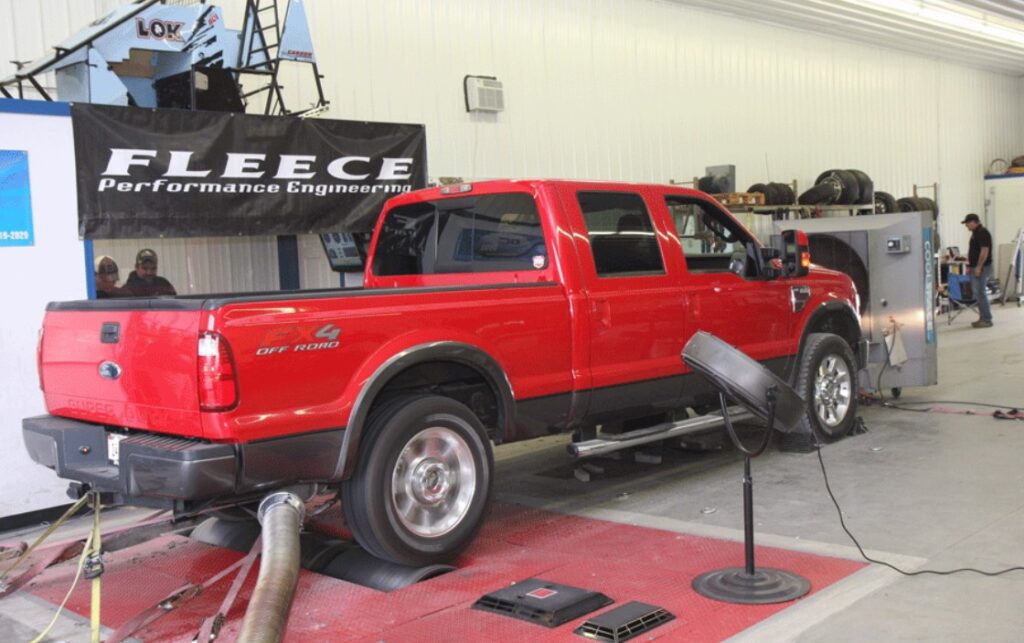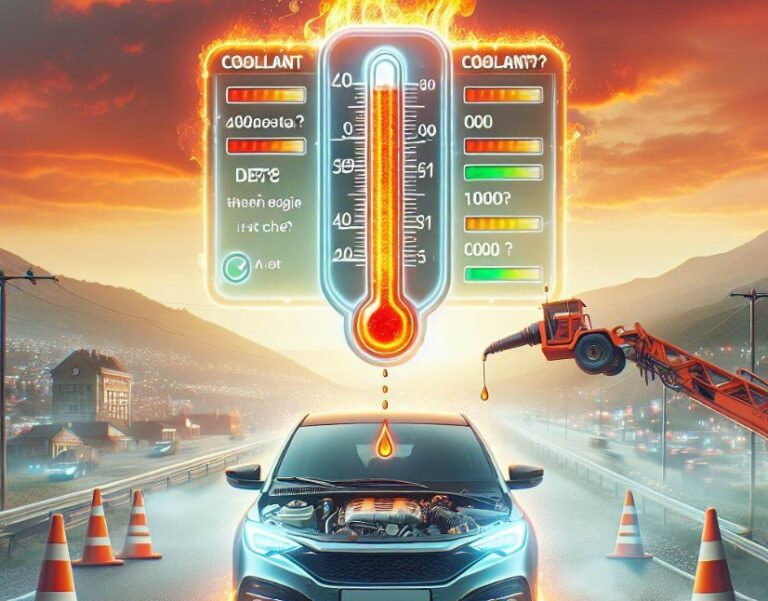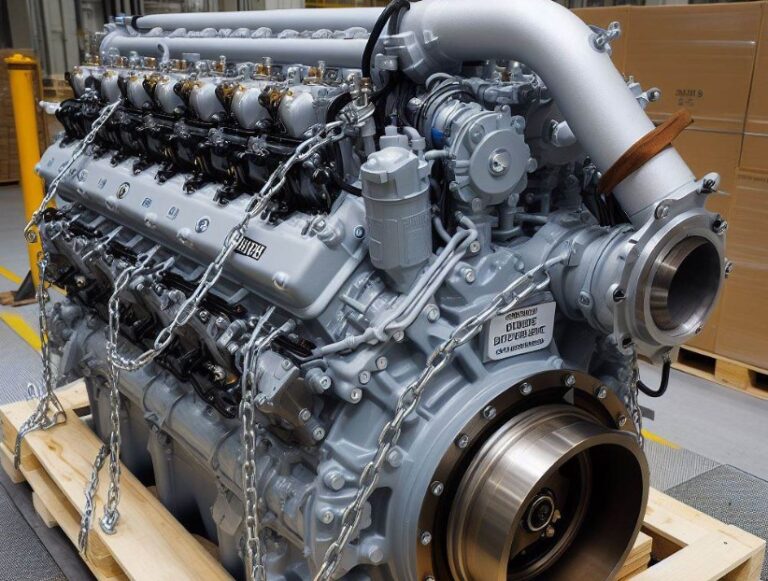Will A 7.3 Bolt Up To A 6.0 Transmission? A Complete Breakdown
When it comes to truck modifications, a key question often arises: Will A 7.3 Bolt Up To A 6.0 Transmission? This query is particularly relevant for enthusiasts and professionals working with Ford’s Powerstroke engines. Understanding the compatibility and necessary modifications is crucial for a successful upgrade.
Key Takeaways
- Compatibility between 7.3 and 6.0 transmissions
- Technical specifications affecting compatibility
- Expert recommendations for successful integration
- Potential modifications needed for compatibility
- Common challenges and solutions
Will A 7.3 Bolt Up To A 6.0 Transmission?
No, a 7.3 engine will not directly bolt up to a 6.0 transmission due to differences in bolt patterns and transmission design. Modifications are required for compatibility.

Compatibility Between 7.3 and 6.0 Transmissions
Assessing Engine and Transmission Match
To determine if a 7.3 Powerstroke engine can successfully bolt up to a 6.0 Powerstroke transmission, it’s vital to understand the technical specifics of both. These Powerstroke engines, renowned for their durability and performance, have distinct characteristics.
The 7.3 Powerstroke, known for its robustness, differs in design and output from the 6.0 version. The transmission, being a crucial component, must align perfectly with the engine for optimal performance.
Understanding Technical Differences
The 7.3 and 6.0 Powerstroke engines have varying bolt patterns and transmission interfaces. The 6.0 Powerstroke typically pairs with a 5R110 transmission, while the 7.3 commonly uses the 4R100.
These transmissions differ in their torque handling capabilities and electronic controls. Thus, ensuring a seamless integration requires an in-depth understanding of these aspects.
Necessary Modifications for Compatibility

Technical Adjustments Required
Marrying a 7.3 engine with a 6.0 transmission isn’t a straightforward task. It involves technical modifications to the bell housing and possibly the transmission programming. The bolt patterns and electronic interfaces need particular attention to ensure a smooth and efficient operation of the vehicle.
Expert Recommendations
Professionals in the automotive industry often suggest specific aftermarket kits or custom solutions for such modifications. These might include adapter plates, modified flexplates, or even software tweaks. Consulting with experienced mechanics or modification experts is advisable for a successful integration.
Potential Challenges and Solutions
Addressing Common Integration Issues
The process isn’t without its challenges. Aligning the engine and transmission, ensuring proper electronic communication, and maintaining transmission fluid integrity are common hurdles. Each of these issues requires a specific approach, often needing specialized tools and expertise.
Solutions for Smooth Integration
To overcome these challenges, it’s important to use high-quality parts, follow precise installation procedures, and conduct thorough testing post-installation. In some cases, seeking professional assistance can be the difference between a successful modification and a costly mistake.
How Much HP Can A 6.0 Powerstroke Handle?
The 6.0 Powerstroke, a diesel engine produced by Ford, is known for its robust design and significant power potential. Stock, it generates about 325 horsepower.

However, with proper modifications and tuning, the 6.0 Powerstroke can handle upwards of 500 horsepower. The engine’s ability to handle this increase in power depends greatly on factors like the condition of the engine, the quality of modifications, and the level of maintenance.
For instance, upgrading components such as the turbochargers, fuel injectors, and intercoolers can significantly enhance the engine’s horsepower capacity. It’s also crucial to reinforce the engine internals and transmission to handle the added stress from increased power.
How Much HP Can A Stock 7.3 Powerstroke Handle?
The 7.3 Powerstroke, another popular diesel engine from Ford, is praised for its durability and reliability. In its stock form, the 7.3 Powerstroke offers around 250 horsepower.

However, just like the 6.0 Powerstroke, the 7.3 can be modified to handle more power. With proper tuning and upgrades such as larger injectors, a more efficient turbocharger, and an upgraded fuel system, the engine can reliably handle up to 400 horsepower.
It’s important to note that increasing the horsepower significantly over stock levels will require supporting modifications to the engine internals and transmission to maintain reliability.
What System Does The 7.3 And 6.0 Liter Diesels Use?
The 7.3 and 6.0 liter Powerstroke engines, both produced by Ford, utilize different systems in terms of fuel injection and engine management.
The 7.3 Powerstroke, which was produced from 1994 to 2003, uses a Hydraulic Electronic Unit Injector (HEUI) system. This system combines hydraulic pressure and electronic controls to manage fuel injection.
The 7.3 Powerstroke is also known for its simple and robust design, making it a favorite among diesel enthusiasts for its reliability and ease of maintenance.
On the other hand, the 6.0 Powerstroke, produced from 2003 to 2007, also uses the HEUI system but with more advanced electronic controls. The 6.0 features an improved fuel injection system with higher injection pressure, providing better fuel atomization and more efficient combustion.
However, this complexity also makes the 6.0 Powerstroke more prone to certain issues like EGR (Exhaust Gas Recirculation) and cooler failures, which were less common in the 7.3 Powerstroke.
Conclusion
In summary, while bolting up a 7.3 Powerstroke engine to a 6.0 Powerstroke transmission is possible, it’s not a direct fit. It requires careful planning, technical modifications, and often professional input.
Understanding the unique characteristics of both the engine and transmission is fundamental for a successful upgrade. With the right approach and expertise, this modification can enhance the performance and reliability of your vehicle.
People Also Ask
What tools and equipment are necessary for this type of modification?
Essential tools include engine hoists, torque wrenches, and possibly fabrication tools for custom parts. Additionally, diagnostic tools for transmission programming and testing are important.
Can I use a 6.0 Powerstroke transmission with a 7.3 engine in a racing application?
While possible, this requires extensive modifications and expert tuning to ensure reliability under high-performance demands. It’s not a typical application and should be approached with caution.
What are the risks of performing an engine to transmission swap incorrectly?
Incorrect installation can lead to transmission failure, poor vehicle performance, and potentially severe mechanical damage. It’s crucial to follow precise installation procedures and conduct thorough testing.
How does a transmission swap affect the overall performance of my vehicle?
The performance impact depends on the specific engine and transmission combination. Generally, a successful swap can improve torque handling, shift smoothness, and potentially fuel efficiency, but it requires precise execution.

Welcome to the exhilarating world of Matt Rex, a professional car racer turned renowned vehicle enthusiast. Immerse yourself in his captivating blog as he shares heart-pounding adventures, expert reviews, and valuable insights on cars, trucks, jets, and more. Fuel your passion for speed and discover the beauty of vehicles through Matt’s engaging stories and meticulous expertise. Join the ever-growing community of enthusiasts who find inspiration and expert advice in Matt Rex’s blog—a digital hub where the thrill of speed meets the pursuit of knowledge.


![How Hot Does A Harley Engine Get? [Explained]](https://www.turbochaos.com/wp-content/uploads/2023/11/How-Hot-Does-A-Harley-Engine-Get-768x437.jpg)



![How Far Can A Jet Ski Go Offshore? [Answered]](https://www.turbochaos.com/wp-content/uploads/2023/08/How-Far-Can-A-Jet-Ski-Go-Offshore-768x512.jpg)
